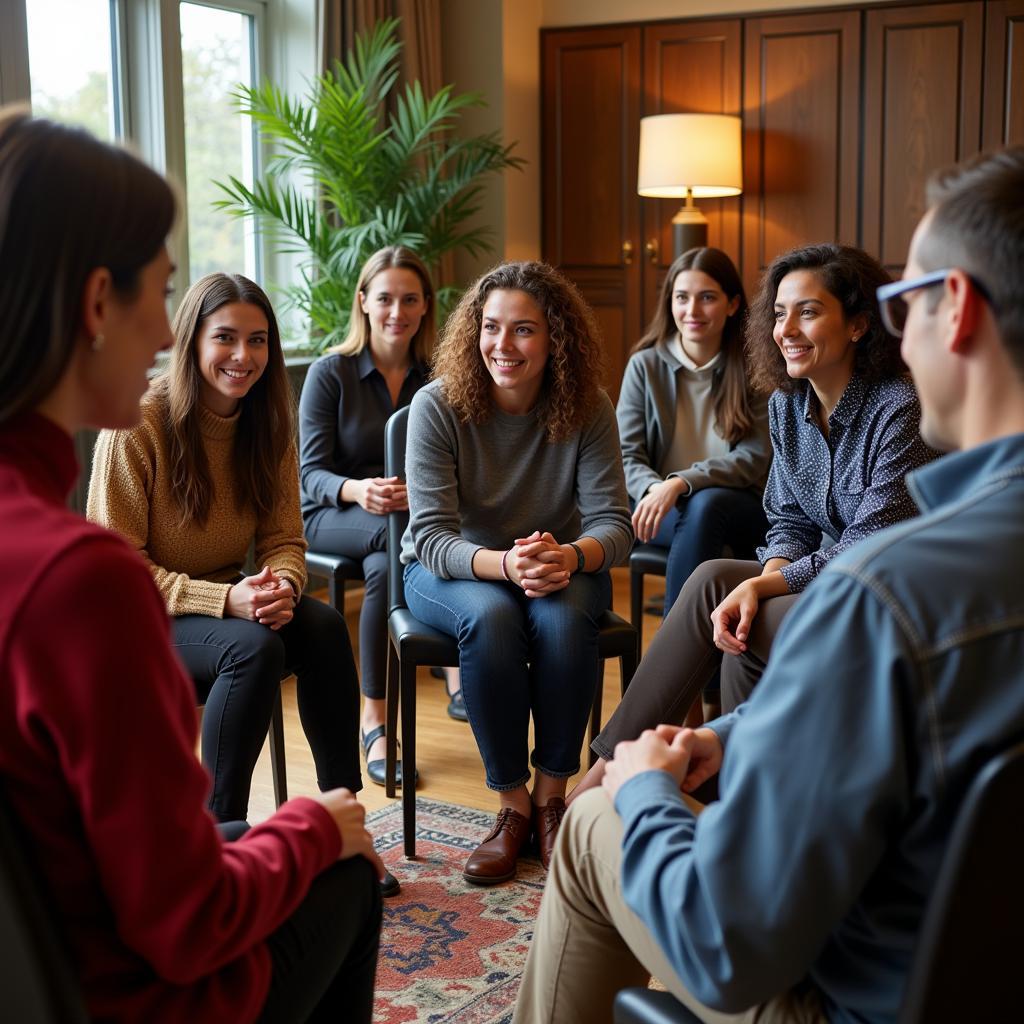Multicultural Education In A Pluralistic Society 12th Edition is more than just a textbook; it’s a call to action. In a world grappling with increasing diversity and interconnectedness, understanding different cultures isn’t optional—it’s essential. This article delves into the core concepts of this educational approach, exploring its significance in fostering inclusive and equitable learning environments.
Embracing Diversity: The Heart of Multicultural Education
Imagine a classroom where every student, regardless of their background, feels seen, heard, and valued. This is the vision at the heart of multicultural education. It goes beyond simply acknowledging differences; it actively seeks to incorporate diverse perspectives, experiences, and voices into the curriculum and teaching methodologies.
Why is this so crucial? Because our world is a tapestry woven from countless cultural threads.
Beyond the Textbook: Multicultural Education in Action
How can educators effectively implement the principles of multicultural education in a pluralistic society? Here are some key strategies:
- Culturally Responsive Teaching: This approach tailors teaching methods to students’ cultural backgrounds, learning styles, and lived experiences.
- Inclusive Curriculum: Integrating diverse voices and perspectives into the curriculum ensures all students see themselves reflected in what they learn.
- Collaborative Learning: Creating opportunities for students from different backgrounds to learn from and with each other fosters empathy and understanding.
The Benefits of a Multicultural Education
The impact of multicultural education extends far beyond the classroom. Students equipped with intercultural competence are better prepared to:
- Thrive in a globalized world: Understanding different cultures is essential for success in today’s interconnected society.
- Become compassionate citizens: Exposure to diverse perspectives nurtures empathy, tolerance, and respect for others.
- Challenge injustice: Multicultural education empowers individuals to recognize and dismantle systems of oppression.
 People from different countries engaging in a peaceful dialogue
People from different countries engaging in a peaceful dialogue
Navigating Challenges, Creating Change
Implementing multicultural education in a pluralistic society isn’t without its challenges. Resistance to change, lack of resources, and ingrained biases can pose obstacles. However, by fostering open dialogues, engaging with diverse communities, and advocating for equitable policies, we can overcome these hurdles and create a more just and inclusive educational landscape for all.
Conclusion
Multicultural education in a pluralistic society, as explored in the 12th edition of this influential text, is not just a pedagogical approach; it’s a commitment to equity, justice, and a future where every individual has the opportunity to reach their full potential. By embracing diversity, fostering intercultural understanding, and empowering students to become agents of change, we can create a world where everyone feels a sense of belonging.
FAQ
1. What is the main goal of multicultural education?
The primary aim of multicultural education is to create equitable and inclusive learning environments that value and respect the diversity of all students.
2. How can I incorporate multicultural education into my teaching?
Start by examining your curriculum and teaching practices. Look for ways to incorporate diverse perspectives, use culturally responsive teaching methods, and create opportunities for collaborative learning.
3. What are some of the challenges of implementing multicultural education?
Some common challenges include resistance to change, lack of resources, and ingrained biases. Open dialogue, community engagement, and advocating for supportive policies are crucial for overcoming these obstacles.
4. How does multicultural education benefit students in the long run?
Multicultural education equips students with essential skills such as intercultural competence, empathy, critical thinking, and a commitment to social justice, preparing them for success in a globalized world.
5. Where can I find more resources on multicultural education?
Numerous organizations and websites offer valuable resources, including teaching guides, lesson plans, and professional development opportunities.
For further information and support, please don’t hesitate to reach out to us. Contact our 24/7 customer support team at Phone Number: 02043854663, Email: [email protected], or visit our address at Zone 34, Bac Giang, 260000, Vietnam.
Explore more about building peaceful and inclusive communities through our other insightful articles on [link to another relevant article on your website] and [link to another relevant article on your website].